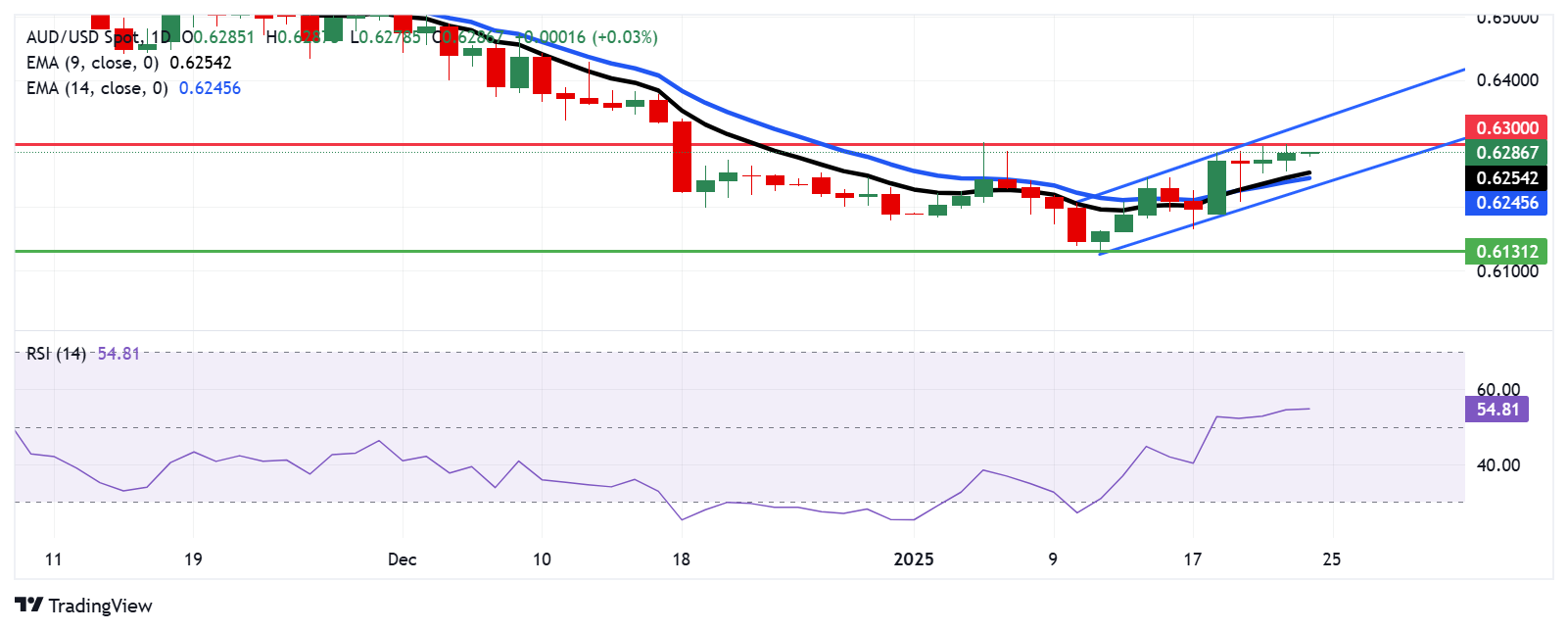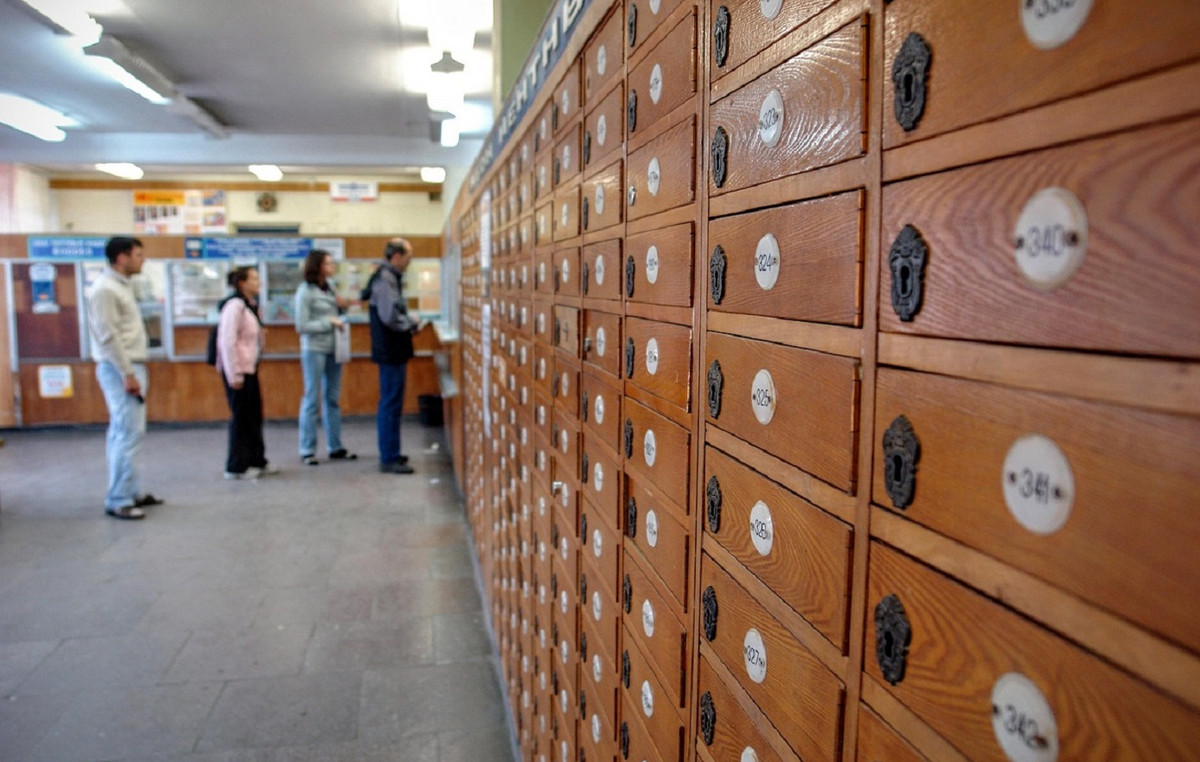- The Australian dollar extends its gains following the PBoC’s medium-term loan operation.
- The Judo Bank of Australia Composite PMI rose to 50.3 in January, slightly higher than December’s reading of 50.2, signaling modest private sector expansion.
- President Trump called on the US Federal Reserve to implement an immediate interest rate cut.
The Australian Dollar (AUD) continues its bullish momentum against the US Dollar (USD) for the third consecutive session on Friday. The AUD/USD pair gains traction following the People’s Bank of China (PBoC) medium-term loan operation.
The Chinese central bank kept the interest rate at 2.00% and injected 200 billion Yuan ($27.46 billion) through a one-year medium-term lending facility (MLF) to selected financial institutions, according to Reuters.
Traders will likely monitor the release of the preliminary US S&P Global Purchasing Managers’ Index (PMI) and the Michigan Consumer Sentiment Index for January.
The Judo Bank of Australia Composite Purchasing Managers’ Index (PMI) rose to 50.3 in January, from 50.2 in December. This marked the fourth consecutive month of modest private sector expansion, driven by growth in the services sector while manufacturing production stabilized.
The Judo Bank Manufacturing PMI rose to 49.8 in January from 47.8 in December, the highest reading in 12 months, breaking a streak of 13 consecutive months of contraction. However, the services PMI fell to 50.4 from 50.8, hitting a six-month low and indicating a slowdown in the sector’s growth.
On Thursday, Chinese authorities introduced several measures to stabilize their stock markets, including allowing pension funds to increase investments in domestic stocks. A pilot scheme allowing insurers to buy shares will be launched in the first half of 2025, with an initial scale of at least 100 billion Yuan. Meanwhile, the People’s Bank of China (PBoC) said it will “expand the scope and increase the scale of liquidity tools to finance stock purchases at the right time.”
Australian Dollar Could Appreciate as Trump Calls on Fed to Cut Interest Rates
- The US Dollar Index (DXY), which tracks the performance of the US Dollar against six major currencies, maintains its position above 108.00 at the time of writing.
- On Thursday night, Trump said he wants the US Federal Reserve (Fed) to cut interest rates immediately. “With oil prices going down, I will demand that interest rates go down immediately, and they should be going down around the world,” Trump said at the World Economic Forum in Davos, Switzerland.
- The US dollar could face challenges as Trump’s comments came ahead of the Federal Reserve (Fed) monetary policy meeting scheduled for January 28-29, with expectations that the US central bank will maintain stable rates.
- Traders expect the Fed to keep its benchmark overnight rate in the 4.25%-4.50% range at its January meeting. Additionally, Trump’s policies could fuel inflationary pressures, potentially limiting the Fed to just one more rate cut.
- President Trump announced plans to implement a 10% tariff on Chinese imports starting February 1, citing concerns about fentanyl shipments from China to Mexico and Canada, according to Reuters. Given the strong trading relationship between China and Australia, Australian markets are sensitive to changes in China’s economic outlook.
- In response, Chinese Vice Premier Ding Xuexiang on Tuesday warned of the potential repercussions of a trade war, stating that “there are no winners” in such conflicts. His comments come as China prepares for possible tariffs under the Trump administration, CNBC reported.
Technical Analysis: Australian Dollar remains below 0.6300 within ascending channel
The AUD/USD pair is trading near 0.6280 on Friday, with a daily chart analysis indicating movement within an ascending channel pattern, suggesting a possible bullish bias. Furthermore, the 14-day Relative Strength Index (RSI) remains above 50, reinforcing the positive market sentiment.
To the upside, the AUD/USD pair could test the psychological resistance level at 0.6300, with the next target near the upper boundary of the ascending channel around 0.6330.
Initial support appears at the nine-day exponential moving average (EMA) at 0.6252, followed by the 14-day EMA at 0.6244. Stronger support is seen at the lower boundary of the ascending channel around 0.6230, with additional support at the psychological level of 0.6200.
AUD/USD: Daily Chart
Australian Dollar PRICE Today
The table below shows the percentage change of the Australian Dollar (AUD) against major currencies today. Australian dollar was the weakest currency against the New Zealand dollar.
| USD | EUR | GBP | JPY | CAD | AUD | NZD | CHF | |
|---|---|---|---|---|---|---|---|---|
| USD | -0.21% | -0.25% | 0.16% | -0.22% | -0.34% | -0.40% | -0.15% | |
| EUR | 0.21% | -0.05% | 0.34% | -0.01% | -0.13% | -0.19% | 0.05% | |
| GBP | 0.25% | 0.05% | 0.41% | 0.04% | -0.08% | -0.14% | 0.10% | |
| JPY | -0.16% | -0.34% | -0.41% | -0.37% | -0.50% | -0.56% | -0.31% | |
| CAD | 0.22% | 0.01% | -0.04% | 0.37% | -0.12% | -0.18% | 0.07% | |
| AUD | 0.34% | 0.13% | 0.08% | 0.50% | 0.12% | -0.05% | 0.16% | |
| NZD | 0.40% | 0.19% | 0.14% | 0.56% | 0.18% | 0.05% | 0.23% | |
| CHF | 0.15% | -0.05% | -0.10% | 0.31% | -0.07% | -0.16% | -0.23% |
The heat map shows percentage changes for major currencies. The base currency is selected from the left column, while the quote currency is selected from the top row. For example, if you choose the Australian Dollar from the left column and move along the horizontal line to the US Dollar, the percentage change shown in the box will represent AUD (base)/USD (quote).
Australian Dollar FAQs
One of the most important factors for the Australian Dollar (AUD) is the level of interest rates set by the Reserve Bank of Australia (RBA). As Australia is a resource-rich country, another key factor is the price of its largest export, iron ore. The health of the Chinese economy, its largest trading partner, is a factor, as is inflation in Australia, its growth rate and the Balance of Trade. Market sentiment, that is, whether investors bet on riskier assets (risk-on) or seek safe havens (risk-off), is also a factor, with the risk-on being positive for the AUD.
The Reserve Bank of Australia (RBA) influences the Australian Dollar (AUD) by setting the level of interest rates that Australian banks can lend to each other. This influences the level of interest rates in the economy as a whole. The RBA’s main objective is to maintain a stable inflation rate of 2%-3% by adjusting interest rates up or down. Relatively high interest rates compared to other major central banks support the AUD, and the opposite for relatively low ones. The RBA can also use quantitative easing and tightening to influence credit conditions, with the former being negative for the AUD and the latter being positive for the AUD.
China is Australia’s largest trading partner, so the health of the Chinese economy greatly influences the value of the Australian Dollar (AUD). When the Chinese economy is doing well, it buys more raw materials, goods and services from Australia, which increases demand for the AUD and drives up its value. The opposite occurs when the Chinese economy does not grow as fast as expected. Therefore, positive or negative surprises in Chinese growth data usually have a direct impact on the Australian Dollar.
Iron ore is Australia’s largest export, with $118 billion a year according to 2021 data, with China being its main destination. The iron ore price, therefore, may be a driver of the Australian dollar. Typically, if the price of iron ore rises, the AUD also rises as aggregate demand for the currency increases. The opposite occurs when the price of iron ore falls. Higher iron ore prices also tend to result in a higher likelihood of a positive trade balance for Australia, which is also positive for the AUD.
The trade balance, which is the difference between what a country earns from its exports and what it pays for its imports, is another factor that can influence the value of the Australian dollar. If Australia produces highly sought-after exports, its currency will gain value solely from the excess demand created by foreign buyers wanting to purchase its exports versus what it spends on purchasing imports. Therefore, a positive net trade balance strengthens the AUD, with the opposite effect if the trade balance is negative.
Source: Fx Street
I am Joshua Winder, a senior-level journalist and editor at World Stock Market. I specialize in covering news related to the stock market and economic trends. With more than 8 years of experience in this field, I have become an expert in financial reporting.








